Burst Magazine - Japan’s Counterculture Tattoo Publication
Burst Magazine│scan by @yourfashionarchive
In the 1990s, Japan witnessed the rise of a robust underground punk movement that challenged the nation's conservative societal norms. During this transformative period, Burst Magazine emerged as a seminal publication, documenting the subcultural shifts and providing a platform for voices that were otherwise marginalized.
Burst Magazine: A Chronicle of Counterculture
Burst Magazine, published from 1995 to 2005, was more than just a magazine; it was a cultural artifact of the Heisei era. Initially released by Byakuya Shobo and later by Core Magazine, Burst evolved from a biker's magazine, with the tagline “A biker's magazine for the new type of motorcycle-riding delinquents", into a broader countercultural publication. The magazine's first editor-in-chief, Sone Masaru, also known as Pisken, along with the art direction and design team PISS & JUNK, played pivotal roles in shaping its distinctive style and rebellious spirit.
Burst's pages were filled with content that pushed the boundaries of mainstream acceptability. It covered body modifications, drug culture, corpse photography, murder, eroticism, scatology, and various outlaw cultures. The magazine's predecessors, such as "CRUSH CITY RIDERS," hinted at its future direction, but Burst solidified its legacy by diving deep into the fringes of society.
Spin-off publications like "TATTOO BURST" and "BURST HIGH" further explored specific themes, catering to niche audiences fascinated by body art and modern primitives.
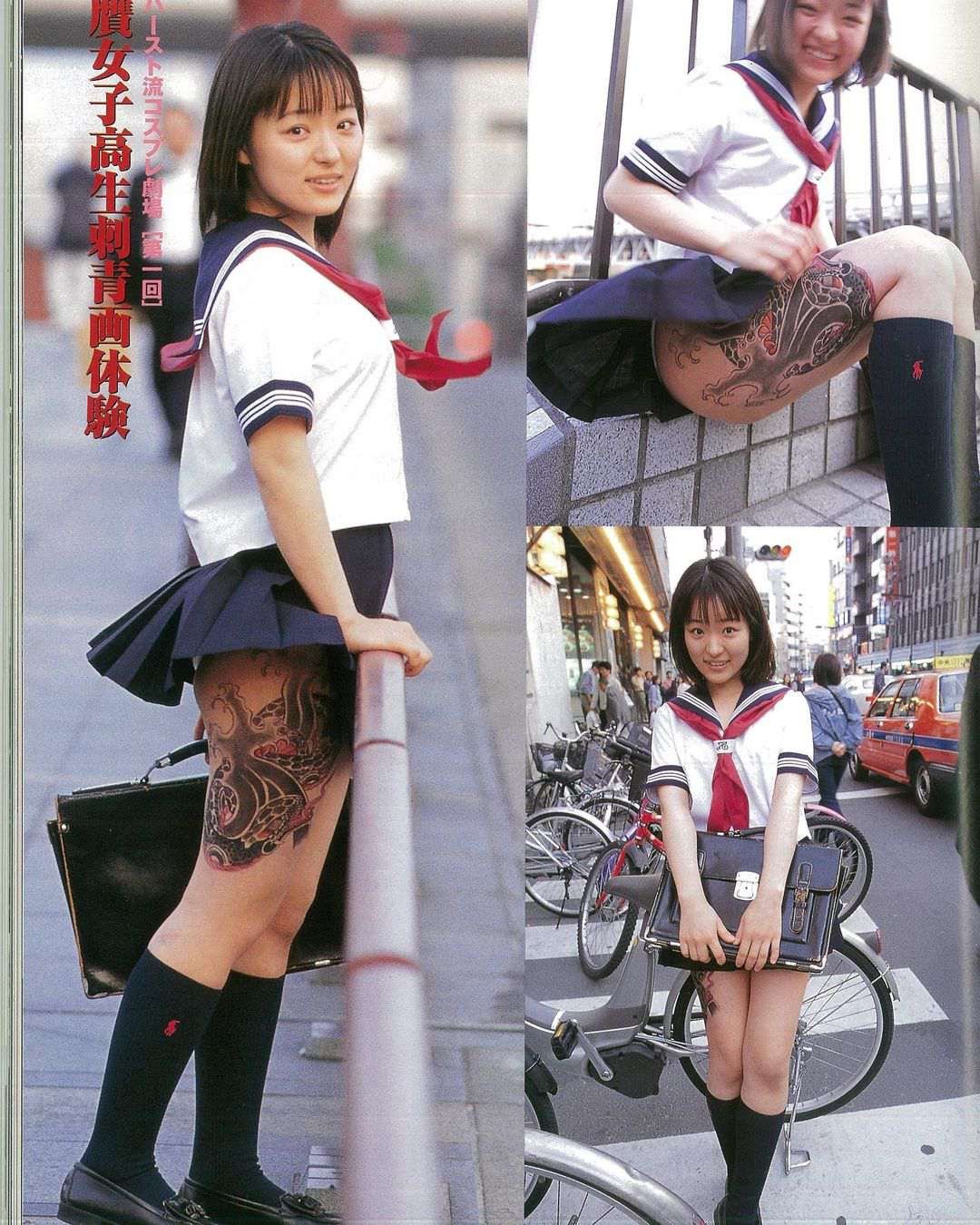
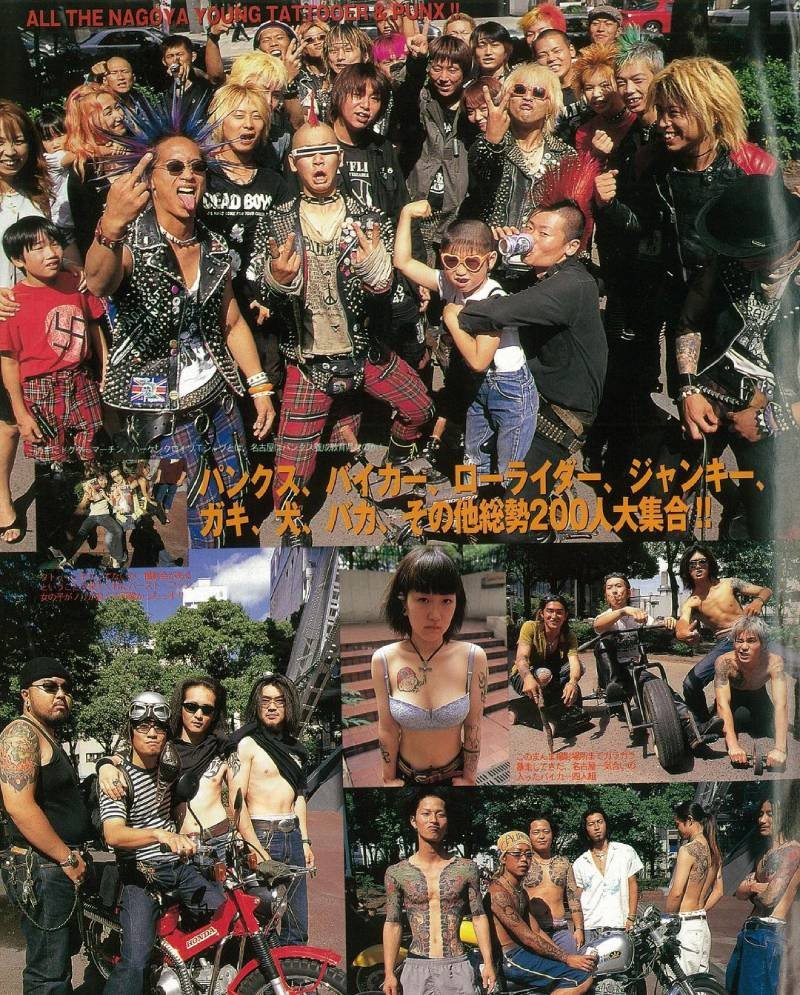
The 1990s Japanese Punk Movement
The 1990s punk scene in Japan was a vibrant subculture that took Western punk's aesthetic and amplified it with a unique Japanese twist. This movement was characterized by aggressive music, anarchic fashion, and a deliberate rejection of societal norms. Japanese punks adorned themselves with spiked jackets, bold haircuts, and provocative tattoos. The music scene was dominated by bands like G.I.S.M., Hanatarash, and Melt-Banana, who provided the harsh noise and hardcore punk soundtrack to this rebellious era.
Cultural critic Hiroki Azuma's theory of Japanese consumption offers insight into the punk movement's non-ideological nature. According to Azuma, the consumption of cultural products in Japan often serves immediate satisfaction rather than deeper ideological purposes. This theory can be applied to the 90s punk scene, where the aesthetic and performative aspects were embraced for their own sake rather than any underlying political agenda. This hyper-focus on specific paraphernalia, or "database-ization," was evident in the elaborate displays of fashion and accessories among Japanese punks.
Burst Magazine│scan by @yourfashionarchive
Burst Magazine's Legacy and Continued Influence
Burst Magazine's impact on Japanese counterculture cannot be overstated. It provided a voice for the marginalized and a platform for controversial topics that mainstream media shunned. The magazine's influence persisted even after its final print issue, with successor publications like "BURST Generation" continuing to explore the themes that Burst first brought to light.
Keroppy Maeda, the editor-in-chief of BURST Generation, has carried forward the magazine's legacy, ensuring that the spirit of Burst lives on. The new publication maintains the same dedication to countercultural exploration, featuring prominent figures like Himeno Tama and Nougami Mai on its covers.
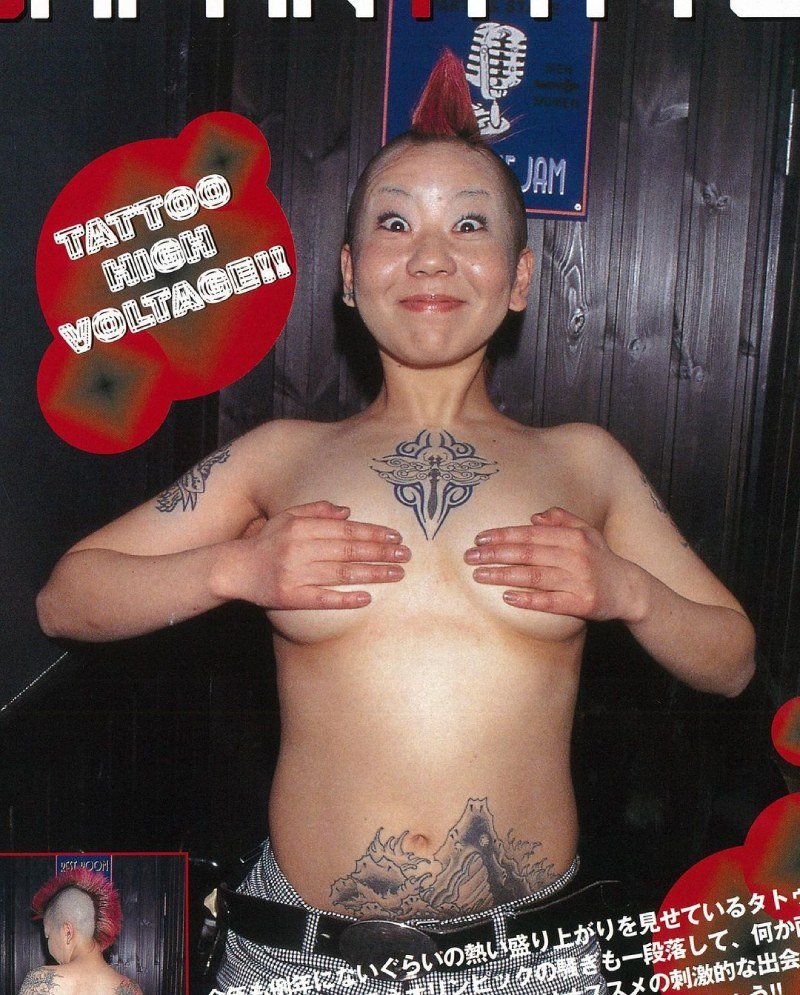
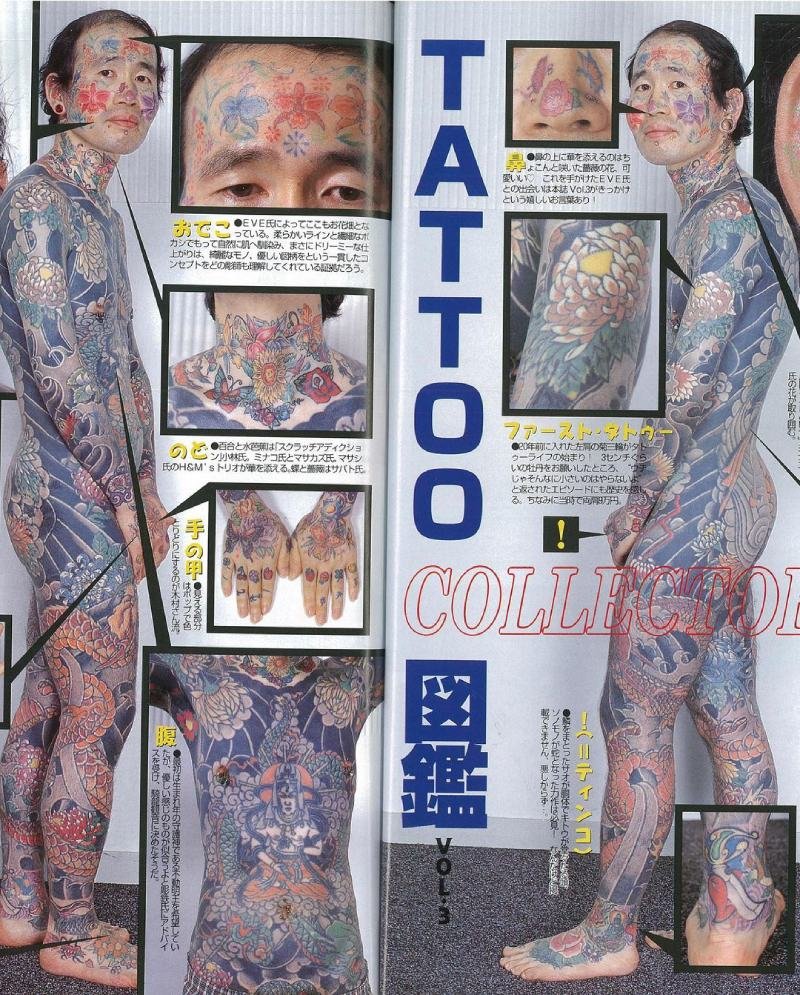
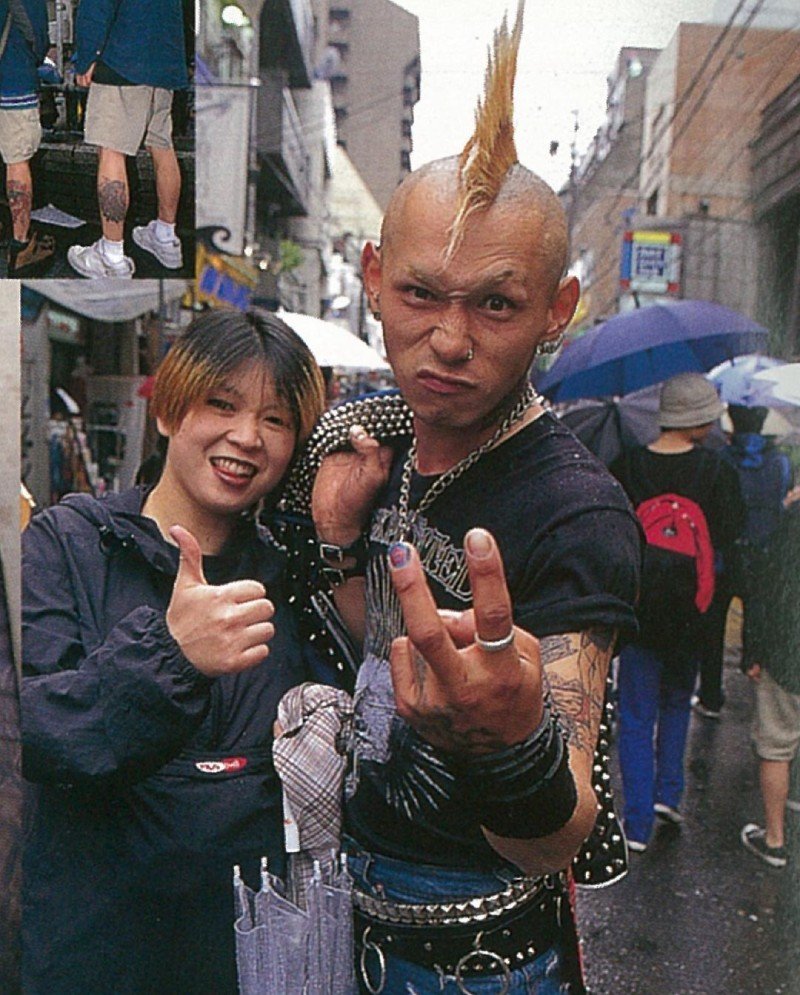
The 1990s underground punk movement in Japan and the role of Burst Magazine in documenting and shaping this era are crucial chapters in the nation's cultural history. The legacy of this period continues to influence Tokyo's vibrant underground scene, offering a rich mix of experiences for those willing to explore beyond the mainstream. From live music venues and record shops to tattoo studios, Tokyo remains a city where the spirit of rebellion and counterculture thrives.


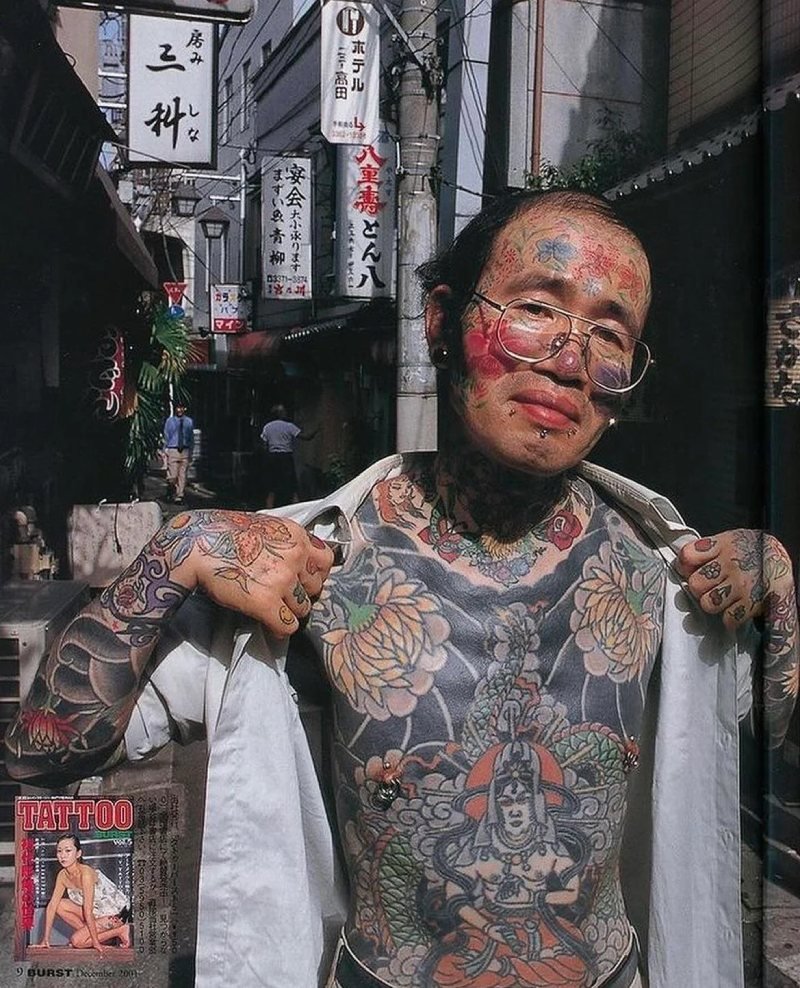






The 70s schoolgirl gangs that shook Japanese society.